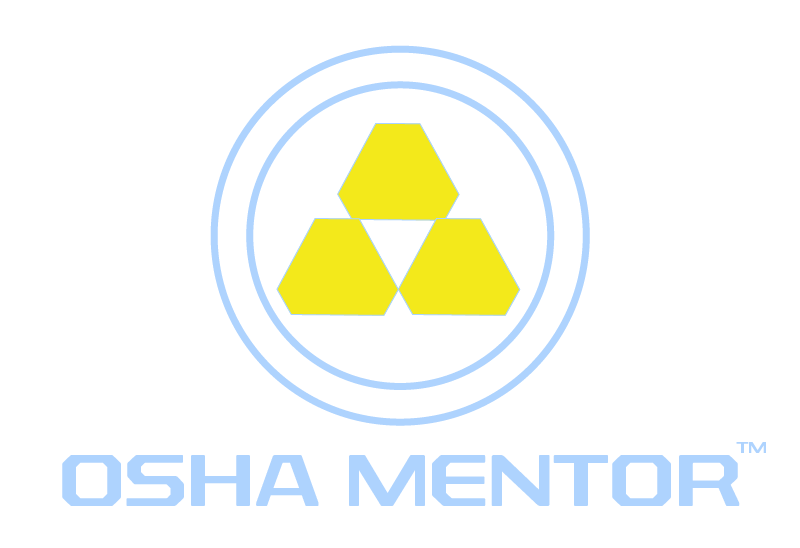
HAZWOPER Personal Protective Equipment Levels

The Occupational Safety and Health Administration (OSHA), Hazardous Waste Operations and Emergency Response (HAZWOPER) standard has four levels of personal protective equipment (PPE) for employee protection. It is critical that employers familiarize themselves with these PPE levels, as it protects their employees from certain hazards they will encounter on various work sites. Typically, the Health and Safety Plan (HASP) will determine the PPE required based on site hazards. Employees are exposed to hazards in 3 basic ways, biological, chemical, and/or physical. The intent of this article is to focus on the chemical hazards.
• Biological hazards include microorganisms such as bacteria, viruses, yeasts, molds and parasites.
• Chemical hazards include any form of chemicals that are potentially toxic or irritating to the body.
• Physical hazards include objects that are hard or sharp such as glass, metal, plastic, etc.
PPE Levels
Level A
Level A PPE must be worn when the greatest level of skin, respiratory, and eye protection is required. A fully encapsulating suit is donned for this level. This type of protective ensemble is required for dealing with hazardous substances that are at or above their respective threshold quantities. A good example of a highly hazardous chemical is chlorine. A list of highly hazardous chemicals can be found on the U.S OSHA webpage (https://www.osha.gov/laws-regs/regulations/standardnumber/1910/1910.119AppA.) Also, OSHA utilizes a series of tables that display the name of a particular hazardous substance(s) and its permissible exposure limit(s). OSHA Z Tables.
This level is typically used during emergency response of chemical releases and for initial entry into contaminated sites that have not been fully characterized. The level A suit can be very cumbersome to wear and an effort is always made to fully characterize the contaminated site or know the type of emergency response required.
Level B
Level B PPE should be worn when an employee needs the highest level of respiratory protection, but a lesser degree of skin and eye protection. The ensemble for level B is more commonly used than the one listed in level A.
Level C
Level C PPE is similar to Level B; however, Level C protection is selected when, “the concentration(s) and type(s) of airborne substance(s) is known and the criteria for using air purifying respirators are met.” There must be sufficient oxygen present in the ambient atmosphere in order to use an air purifying respirator.
Level D
Level D PPE is typically used for construction type work and offers minimal protection to the employer. No respiratory protection is required for this level.
Related Articles
Write your awesome label here.


